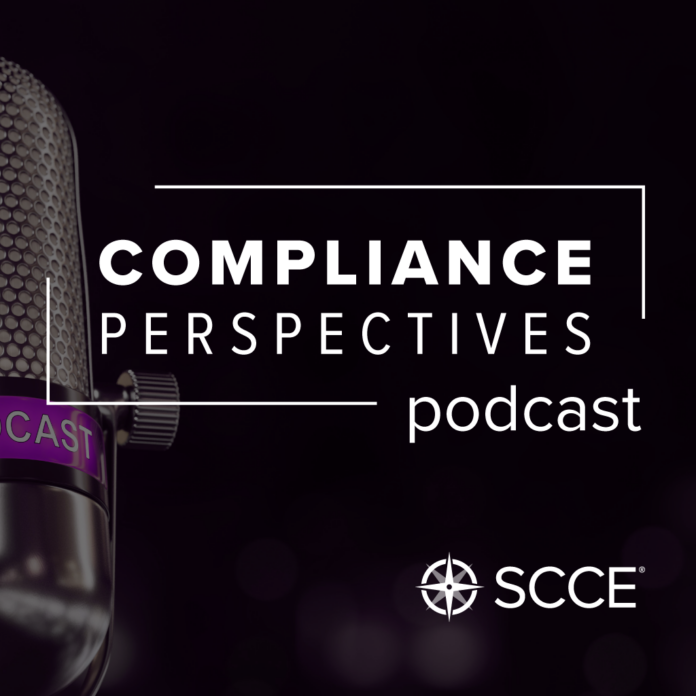Podcast: Play in new window | Download (Duration: 8:35 — 7.9MB)
Subscribe: Apple Podcasts | Email | TuneIn | RSS
Harsh Kariwala, CEO of VComply, warns that traditional tools for managing compliance programs, such as spreadsheets, may be hurting your compliance program. They often are not scalable and can lead to inefficiencies and unnecessary complexities.
Automating your compliance program can be a natural choice, but organizations may resist doing so out of budgetary concerns or mindset. Budget is typically of greatest concern for smaller organizations, which have less to spend and are eager to build or sustain their cultures.
If your organization is ready for automation, he recommends identifying the tools and technology that you would want, followed by defining what process you want to start with.
Take a phased approach to automation rather than trying to do everything at once. Pick one area to start, and analyze what is going right and wrong in the process. This will give you a better sense of the tools you will need and challenges you face.
Measure success by the value it provides to the end user in areas such as time saved versus manual projects and potential penalties that are avoided.
Finally, he advises avoiding the mistake of trying to do everything at once. So, take the first steps now, and listen to the podcast, but not all the podcasts.



Thanks for the podcast. Interesting, indeed.
On the comments of spreadsheet technologies to help manage compliance programs, in my opinion, the podcast overlooks some important and basic facts.
For example, there was a comment on sharing spreadsheets or having information fragmented. For me this is not a function of the limitations of “traditional” technologies that use spreadsheets but rather than the lack of skill and expertise of the users using these technologies. There are many proven and effective options that allow for the sharing of files and spreadsheets…to include at the same time by multiple users.
On the topic of automation, let’s also remember that spreadsheet technologies do allow for automation such as importing files and then completing analysis using “traditional” tools such as scripts, macros, etc. The challenge is that most users of spreadsheets have not explored the capabilities of spreadsheets and their use of spreadsheets is often limited to basic calculations and the generation of basic, fundamental charts…and even the most basic spreadsheet program does so much more than that. For example, you ask the “average” Excel user working in compliance to describe the use of and differences between the Excel functions of IFS or COUNTIFS…you likely will get a smile…but no answer…and these are often considered basic functions within the library of formulas that Excel contains.
So my takeaway…certainly there are people who are frustrated using spreadsheets…but my question to them is how much have they invested in identifying the tools that are readily available in their current spreadsheet tools. Too often I find people abandoning technologies that are grossly under utilized, such as spreadsheets…and move on to other options…only to realize that they still are in a position of having to learn how to use the new technology.
I realize that some people may not have the patience or willingness to learn how to better use the tools that they already have handy (spreadsheets or otherwise)…but that does not mean the tools can’t do the job.
Comments are closed.